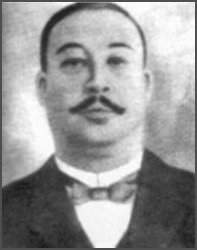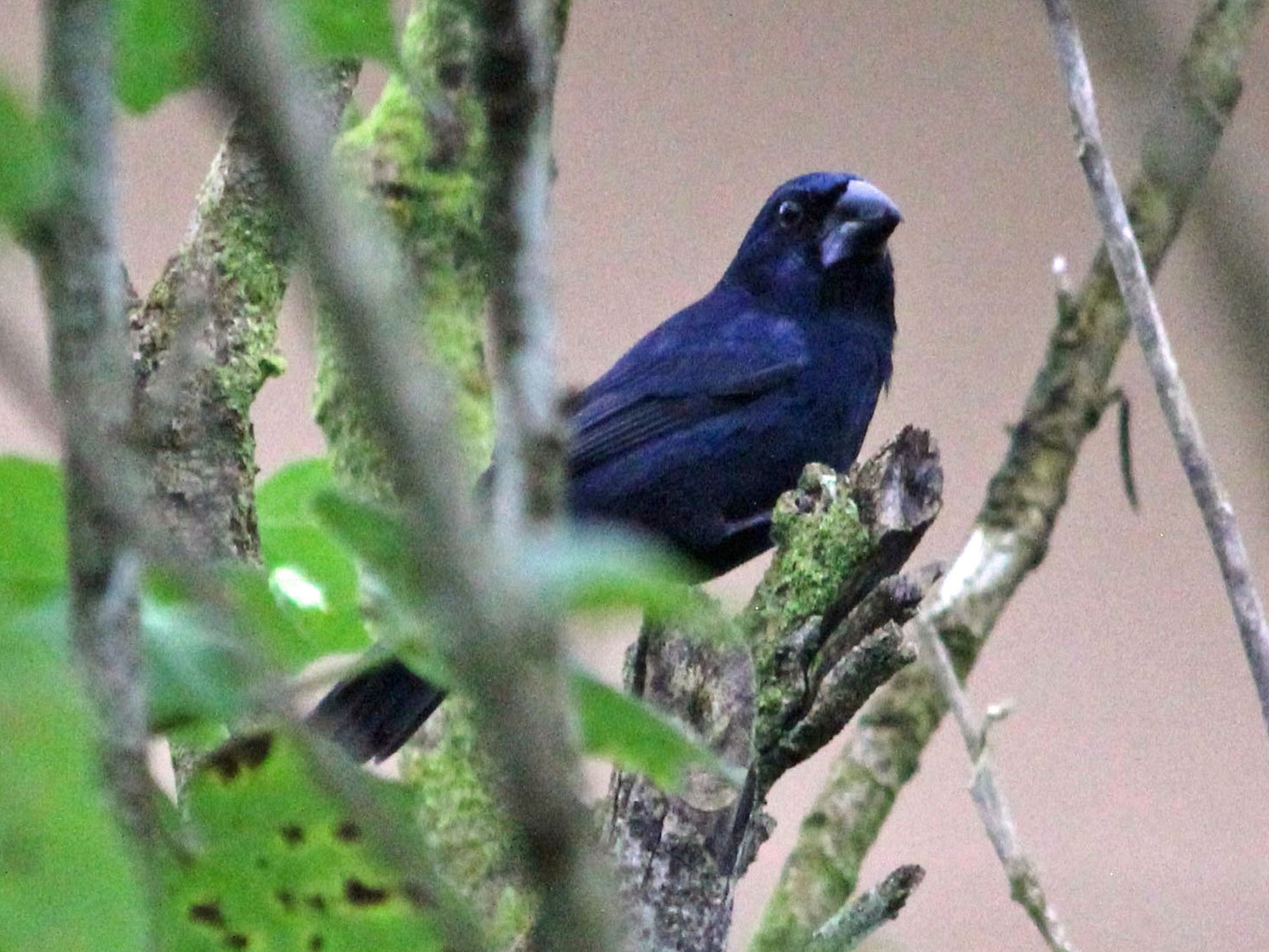Chôros No. 10 on:
[Wikipedia]
[Google]
[Amazon]
''Chôros No. 10'' ("Rasga o Coração") is a work for chorus and orchestra written in 1926 by the Brazilian composer Heitor Villa-Lobos. It is part of a series of fourteen numbered compositions collectively titled ''

 ''Chôros No. 10'' was composed in Rio de Janeiro in 1926, and the score is dedicated to . It was premiered in a concert presented in homage to the President of Brazil,
''Chôros No. 10'' was composed in Rio de Janeiro in 1926, and the score is dedicated to . It was premiered in a concert presented in homage to the President of Brazil,
 ''Chôros No. 10'' falls into two main sections, the first for orchestra alone, the second adding a mixed choir. The question of the further subdivision of part one is less certain. It can be regarded as falling into two subdivisions: a rhythmically energetic impetus (page numbers 1–18) and an impressionistic nocturne, with the tempo marking ''Lent'' (page numbers 18–35).
The composer describes Amazonian birdsong as an important source of motivic material in the opening portion of ''Chôros No.10''. The first thematic fragment, presented in the flute in bar 3, is "a transfigured melodic cell characteristic of the song of a rare bird of the Brazilian forests, called in some places ''Azulão da mata''"—in English called blue-black grosbeak.
''Chôros No. 10'' falls into two main sections, the first for orchestra alone, the second adding a mixed choir. The question of the further subdivision of part one is less certain. It can be regarded as falling into two subdivisions: a rhythmically energetic impetus (page numbers 1–18) and an impressionistic nocturne, with the tempo marking ''Lent'' (page numbers 18–35).
The composer describes Amazonian birdsong as an important source of motivic material in the opening portion of ''Chôros No.10''. The first thematic fragment, presented in the flute in bar 3, is "a transfigured melodic cell characteristic of the song of a rare bird of the Brazilian forests, called in some places ''Azulão da mata''"—in English called blue-black grosbeak.
villalobos.iu.edu
Villa-Lobos site at Indiana University: Maintained by th
Latin American Music Center
{{DEFAULTSORT:Choros No. 10 Compositions by Heitor Villa-Lobos 1926 compositions Music with dedications
Chôros
''Chôros'' is the title of a series of compositions by the Brazilian composer Heitor Villa-Lobos, composed between 1920 and 1929.
Origin and conception
The word ''chôro'' (; nowadays spelled simply ''choro'') is Portuguese for "weeping", "cry", ...
'', ranging from solos for guitar and for piano up to works scored for soloist or chorus with orchestra or multiple orchestras, and in duration up to over an hour. ''Chôros No. 10'' is of moderate length, one performance recorded by the composer lasting just under thirteen minutes.
History

 ''Chôros No. 10'' was composed in Rio de Janeiro in 1926, and the score is dedicated to . It was premiered in a concert presented in homage to the President of Brazil,
''Chôros No. 10'' was composed in Rio de Janeiro in 1926, and the score is dedicated to . It was premiered in a concert presented in homage to the President of Brazil, Washington Luís
Washington Luís Pereira de Sousa (; 26 October 1869 – 4 August 1957) was a Brazilian politician who served as the 13th president of Brazil. Elected governor of São Paulo state in 1920 and president of Brazil in 1926, Washington Luís belonge ...
, on 11 November 1926 at the Teatro Lírico in Rio de Janeiro by the Grande Orquestra da Empresa Viggiani, the Coro de artistas brasileiros, and the Deutscher Männerchor, conducted by the composer. This was also Villa-Lobos's farewell performance to Rio de Janeiro. The programme contained an announcement of his imminent departure for Europe. The European premiere took place in Paris on 3 December 1927 at the Salle Gaveau
The Salle Gaveau, named after the French piano maker Gaveau, is a classical concert hall in Paris, located at 45-47 rue La Boétie, in the 8th arrondissement of Paris. It is particularly intended for chamber music.
Construction
The plans for ...
with the Orchestre des Concerts Colonne and L'Art Choral, once again with the composer conducting. The American premiere was given by the Philharmonic-Symphony Orchestra of New York and the Schola Cantorum, conducted by Hugh Ross, on 15 January 1930, at Carnegie Hall in New York.
Already within the composer's lifetime the work became the best-known of all the ''Chôros''. In the second half of the work, Villa-Lobos introduces a popular melody, originally a schottische called ''Yára'', written by . In a slower tempo, sung to a poem written by Villa-Lobos's friend and former fellow ''chorão'', , it had become a popular song, "Rasga o coração" (Rend the Heart). It was in this form that Villa-Lobos used both the melody and the words, and he used the song's title as a subtitle for the ''Chôros'', together with an acknowledgement, "D'après la poésie de Catullo Cearence" 'sic'' The poet attended the 1926 premiere of ''Chôros No. 10'' in the Teatro Lírico, and was overcome with emotion, embracing the composer in a gesture of gratitude. Unfortunately, in a moment of financial distress, Catulo had sold the rights of all his literary works to a man named Guimarães Martins, who evidently remained ignorant of Villa-Lobos's use of the text for nearly thirty years until by chance, at a demonstration of new gramophone players at the Ministry of Education in Rio de Janeiro, a recording of the work was used as an example. Martins initiated a breach of copyright action against Villa-Lobos, which was finally resolved only in 1956—in the composer's favour. Nevertheless, the performance of the work Villa-Lobos recorded in Paris in May 1957 substituted neutral syllables for Catulo's text, and when the publisher Max Eschig reissued the score in 1975, the text was likewise removed. Most performances since then, however, have restored the words of Catulo's poem..
Analysis
 ''Chôros No. 10'' falls into two main sections, the first for orchestra alone, the second adding a mixed choir. The question of the further subdivision of part one is less certain. It can be regarded as falling into two subdivisions: a rhythmically energetic impetus (page numbers 1–18) and an impressionistic nocturne, with the tempo marking ''Lent'' (page numbers 18–35).
The composer describes Amazonian birdsong as an important source of motivic material in the opening portion of ''Chôros No.10''. The first thematic fragment, presented in the flute in bar 3, is "a transfigured melodic cell characteristic of the song of a rare bird of the Brazilian forests, called in some places ''Azulão da mata''"—in English called blue-black grosbeak.
''Chôros No. 10'' falls into two main sections, the first for orchestra alone, the second adding a mixed choir. The question of the further subdivision of part one is less certain. It can be regarded as falling into two subdivisions: a rhythmically energetic impetus (page numbers 1–18) and an impressionistic nocturne, with the tempo marking ''Lent'' (page numbers 18–35).
The composer describes Amazonian birdsong as an important source of motivic material in the opening portion of ''Chôros No.10''. The first thematic fragment, presented in the flute in bar 3, is "a transfigured melodic cell characteristic of the song of a rare bird of the Brazilian forests, called in some places ''Azulão da mata''"—in English called blue-black grosbeak.
References
* * * * * * * * FootnotesFurther reading
* * * * * * *External links
villalobos.iu.edu
Villa-Lobos site at Indiana University: Maintained by th
Latin American Music Center
{{DEFAULTSORT:Choros No. 10 Compositions by Heitor Villa-Lobos 1926 compositions Music with dedications